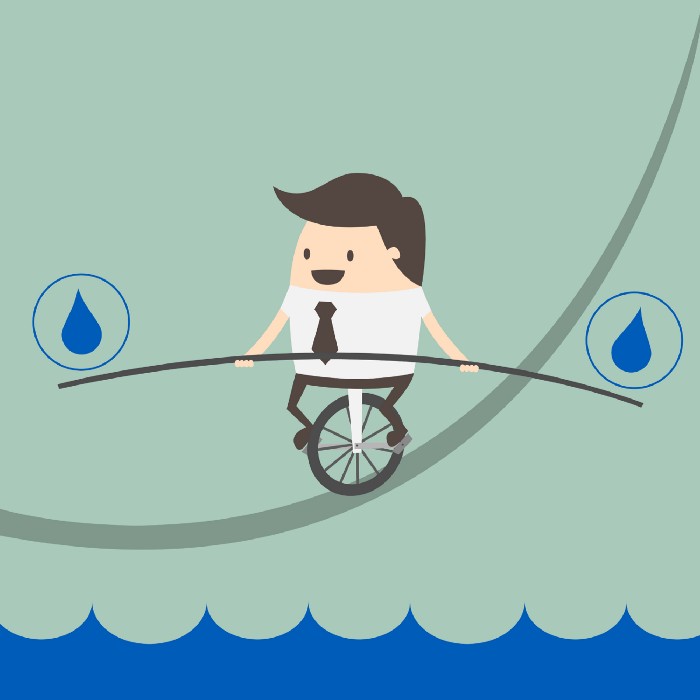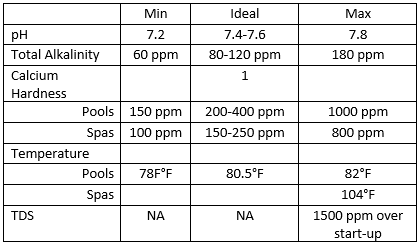Why Water Balance is Critical to Your Pool and Spa

As every pool/spa service technician knows (or “should” know), it’s not just a simple matter of throwing chlorine in the water and walking away.
Proper sanitation and oxidation are, of course, critical for water that is safe for bathers to use. However, the other critical factor is…wait for it…WATER BALANCE and its importance in maintaining equipment.
Water balance is the dynamic interaction of five specific chemical parameters that must be tested on a regular basis to ensure that water in a pool or spa is neither corrosive nor scaling-forming. These components are: pH, Total Alkalinity, Calcium Hardness, Temperature, and Total Dissolved Solids. Obtaining the readings for these five parameters and then applying them to the Langelier Saturation Index (LSI) will define the overall water’s “nature.”
Under normal operating conditions, the LSI should fall between -0.3 and +0.5. Any value less than -0.3 indicates an increasing corrosive water condition. Values greater than +0.5 indicate a strong potential for scale-formation (whether on pool surfaces or in pipes).
Added to this is the fact that water will try to balance itself despite your best efforts, seeking calcium carbonate (CaCO3) from whatever source it can! Guess what’s in grout and gunite! Unbalanced water that is on the corrosive side will pull calcium carbonate out of these areas and potentially create scale.
If there is ever a need to adjust any of these parameters, ALWAYS treat Total Alkalinity first as this parameter controls the others. If Total Alkalinity is within appropriate ranges, then look at pH. If pH is good, then look at Calcium Hardness.
So by maintaining water balance parameters within recommended industry guidelines (see below), your pool/spa water can not only be safe, but also help equipment run more efficiently and economically.


